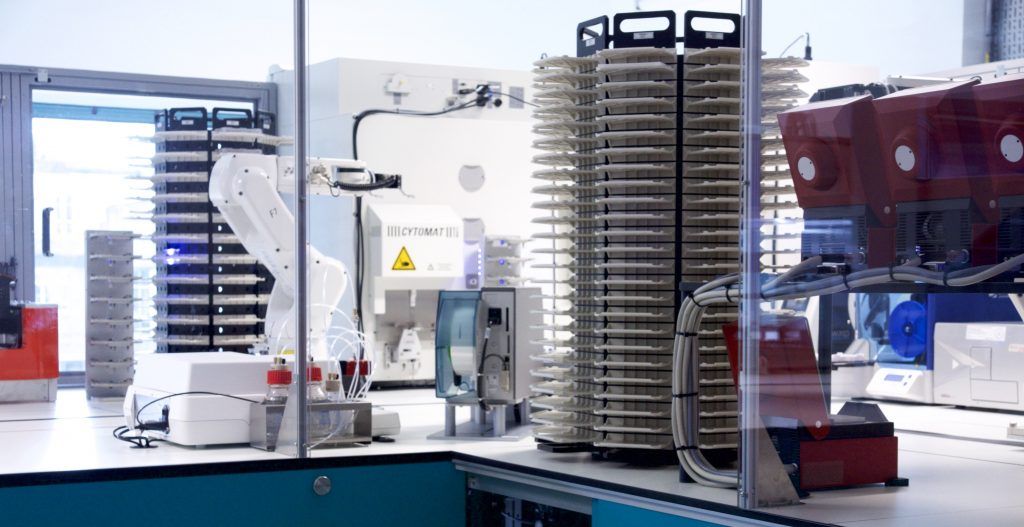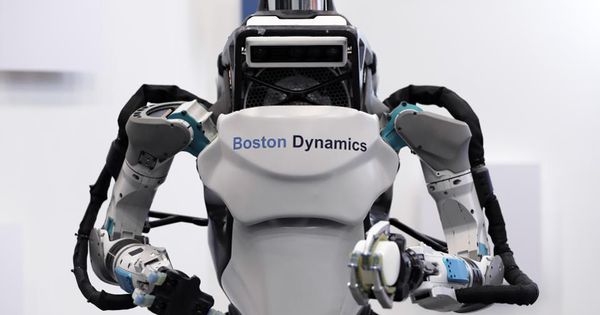Christopher Benek “There is not a square inch in the whole domain of our human existence over which Christ, who is Sovereign over all, does not cry, Mine!” — Abraham Kuyper Christopher Benek Steve Nichols May I ask then — why are you in this group? Steve Nichols “There is not a square inch in the whole domain of our human existence over which Christ, who is Sovereign over all, does not cry, Mine!” I suspect Christian transhumanists of trying to infiltrate and subvert the wider radical futurist movement (evidenced by such quotes as above). I am here to provide balance and sanity. Christopher Benek Why Steve you don’t need to suspect it — I’ll affirm it. As a matter of fact it is part of the reason why I co-founded the CTA — to reclaim and redeem that which was what was falsely appropriated to begin with, that which is all of humanity’s divine vocation — not just as some “radical” group’s road to isolationist technological tyranny. In fairness though, I don’t think that Micah or I have ever denied that fact. And hey we welcome any accountability that you want to provide as long as that goes both ways. In short all we ask is that folks here genuinely and lovingly seek to play nice with others. Steve Nichols Christopher Benek having been involved with trans /posthuman movement since the 1980’s, Christians have hardly featured other than times such as when the Pope (no less) and other vocal Christians have condemned trans/ posthumans. You can hardly “reclaim” that of which Christianity was never a part, and in fact has mostly been (and remains on the whole) in opposition to. Since you welcome accountability, what authority do you have (other than tall tales in the bible) to claim determination of “all of humanity’s divine vocation”? I appreciate that I am a guest here, and always try to be polite. Christopher Benek Steve Nichols See assumptions on terminology is where we differ — I have contended — for quite some time now — “that the “trans” part of transhumanim doesn’t mean “post” but instead “across — the scope of what it might mean to be made human” which i think we are on the very front end of understanding. In that regard — all of the historic parts of the church — particularly those elements that were missionary in origin were taking, creating and using tech to help people throughout the world. In fact, the “tall tales” as you put it of the Bible (which by the way obviously weren’t written to be taken literally in all places — when Jesus says “I am the door” he doesn’t mean that literally) constantly talks about how God was instructing humans how to fashion and use tech to protect and improve relationships. I think that is a good guidepost for our future as well. Tech is deep in Christian history and its only since the false narratives of the like of the “New Atheists” (as if an actual atheist even exists) that anyone has questioned that… Yes, Christians don’t put tech (or anything) before God — but that doesn’t mean we don’t acknowledge its crucial importance as a hermeneutical and practical device for understanding and actually being human.” Since Benek reposts copies of his own discussions with Zoltan (and maybe others) on CTA list, he can have no objections to me reproducing his comments here.








